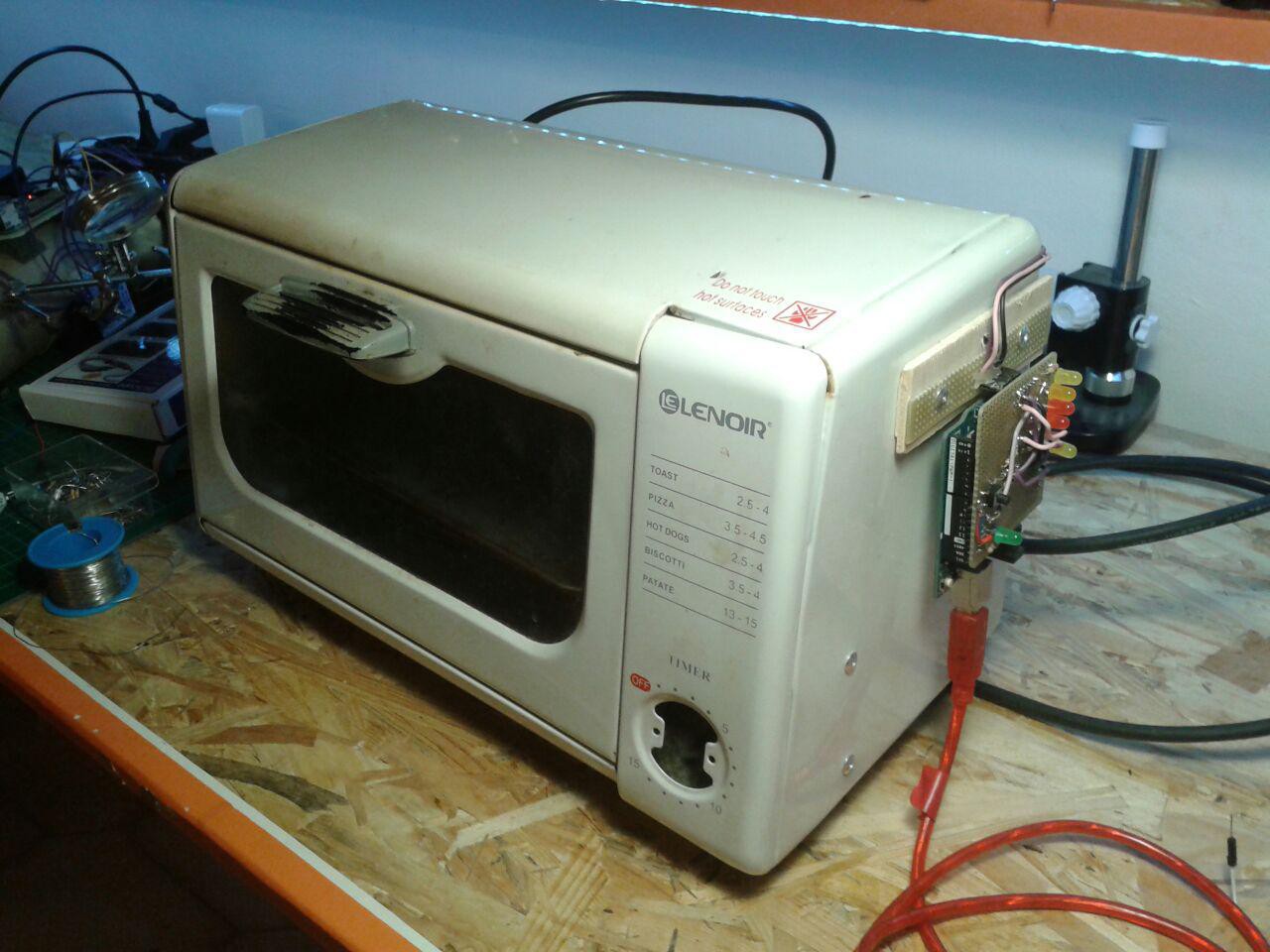
So.. There’s no fun like hand-solder those cute little SMD packages with tiny pads that remain completely hidden, isn’t it?
LGA, BGA, QFN, BFN, music to the ears of those who have the strange fetish of actually trying to solder by hand packages that were evidently designed to be managed by precision machines.
I wouldn’t recognize myself as having such a tendency, but certainly can’t afford to pay for a 3 or 4 units run on an assembly house. And it happens that sometimes when prototyping, there’s just no other choice, all the manufacturers seem like they have agreed to produce a particular component in no other than these unfriendly formats.
In particular, I’m at the moment devoted to the creation of a hacker-friendly motion capture system, featuring not one but at-least-twelve inertial sensors. And guess what? No choice apart from the packages listed above.
Getting all those sensors soldered in place requires some decent solder paste. I ordered a syringe some time ago from directly from a producer I know and trust.
During this almost 4 weeks of waiting, I repeatedly asked myself: Why on earth do you have to order it from a producer in Canada, when there are plenty of re-sellers here in Europe? And they ship it in 2 or 3 days.
Now that’s finally arrived I’m glad I went for the hard way. Solder paste is not like other components: It’s role is crucial for the correct performance of a board, but it’s not really a “component” from the electronic point of view. You wouldn’t put it on your BOM, yet you need at least some of it in order to solder certain kind of components.
OK, it’s not so special, it’s a workplace supply. Yes it is, but not a normal one, It has an expiration date, like milk (only a little longer). And this date is real only if the paste was refrigerated during most part of his life, also like milk.
You can’t just buy some quantity and use it until you run out of it like you would do with, say solder wire, flux, etc.
Well, “I’ll just buy a fresh one once in a while together with the order for some project”.
The problem with resellers is that you can’t really know under which conditions store their items, specially when the storage requirements of the item differ so drastically from the rest. In addition, a reseller buys the paste, stores it and then send it to the customer from their stock upon request. This process can take from a couple of weeks to a few months, with the result of perhaps buying a 6-months-labeled paste, with already 2 or 3 months of existence.
The Type of the paste is another of the delicate aspects of the paste when working with fine-pitched footprints like the LGA-24 on the LSM9DS1 (with a pad gap ~= 0.3mm). The paste’s type designates the size of the metal particles of which it's made. If they are too big, clumps of solder might remain in the proximities of the pads and.. you know: solder bridges.
There are very few manufacturers offering artigianal-sized solder paste containers with types higher than 3, so if one is up to some fine-pitched soldering, there’s not much choice.
So to make the long story short, this one in particular disappeared somewhere in the extra-mortal, nebulous limbo called “customs area”, before entering the local customs agency, but beyond the post service domains. In particular the italian customs is famous for been particularly active on its goods-phagocyting activity. Fortunately the customer support people at Chip Quick kindly help me solve the issue, and I finally got my October/2017 manufactured Type-5 paste!
One year of happy SMD soldering until the next Solder Paste Odyssey!
To give this article an end I’ll like to share the cutting-edge piece of technology to which I trust the pre-heat, activation, and reflow of my precious solder paste.
I saw many home-made reflow ovens, and this is certainly of the lousiest. But.. it works.

The base is a recycled (you can tell) toaster oven, controlled by an arduino implementing the simplest of the interfaces: An UART communication with a processing sketch, responsible for sending the profile, and plotting the progress.

 Bruno Laurencich
Bruno Laurencich
Discussions
Become a Hackaday.io Member
Create an account to leave a comment. Already have an account? Log In.